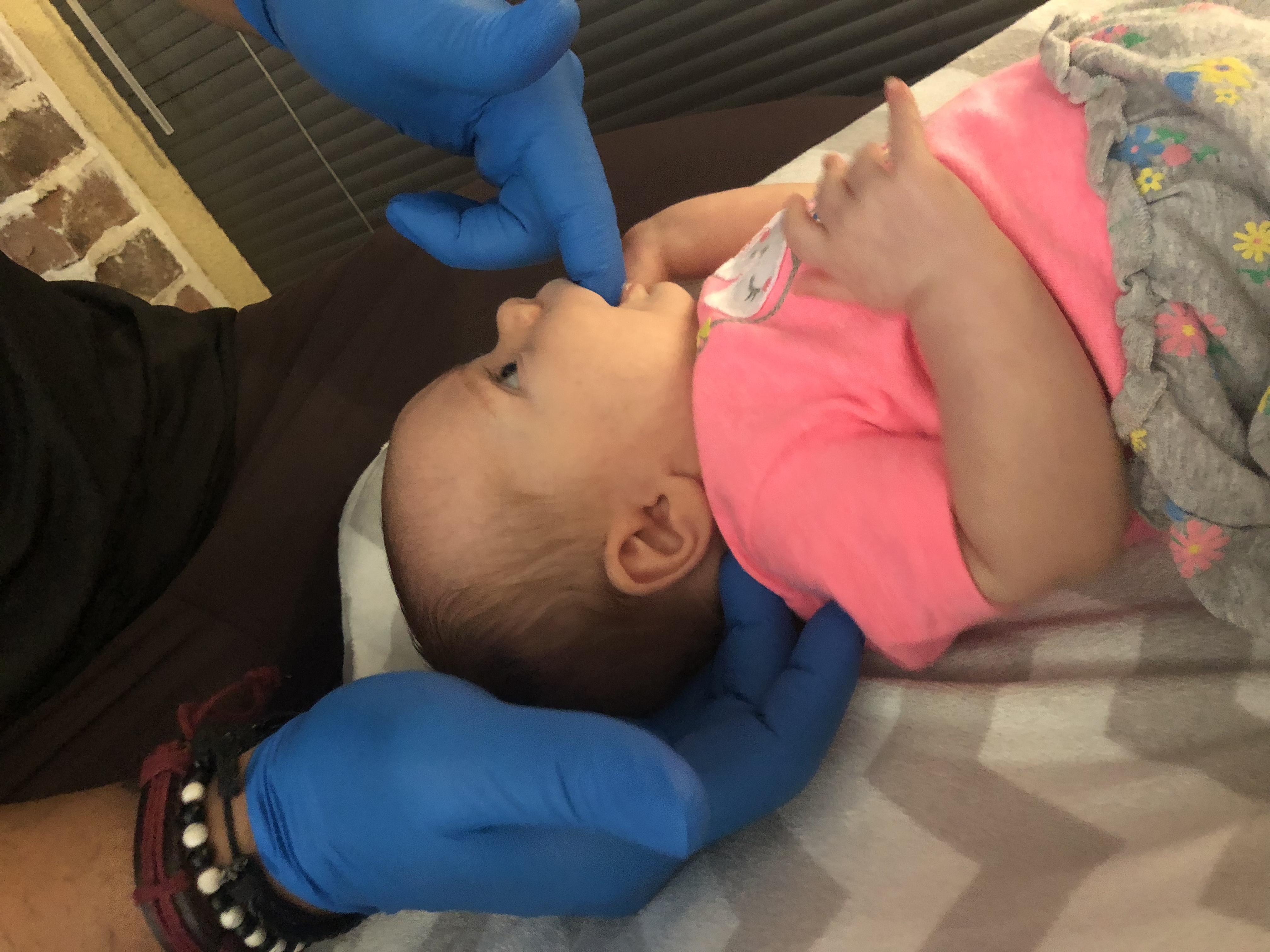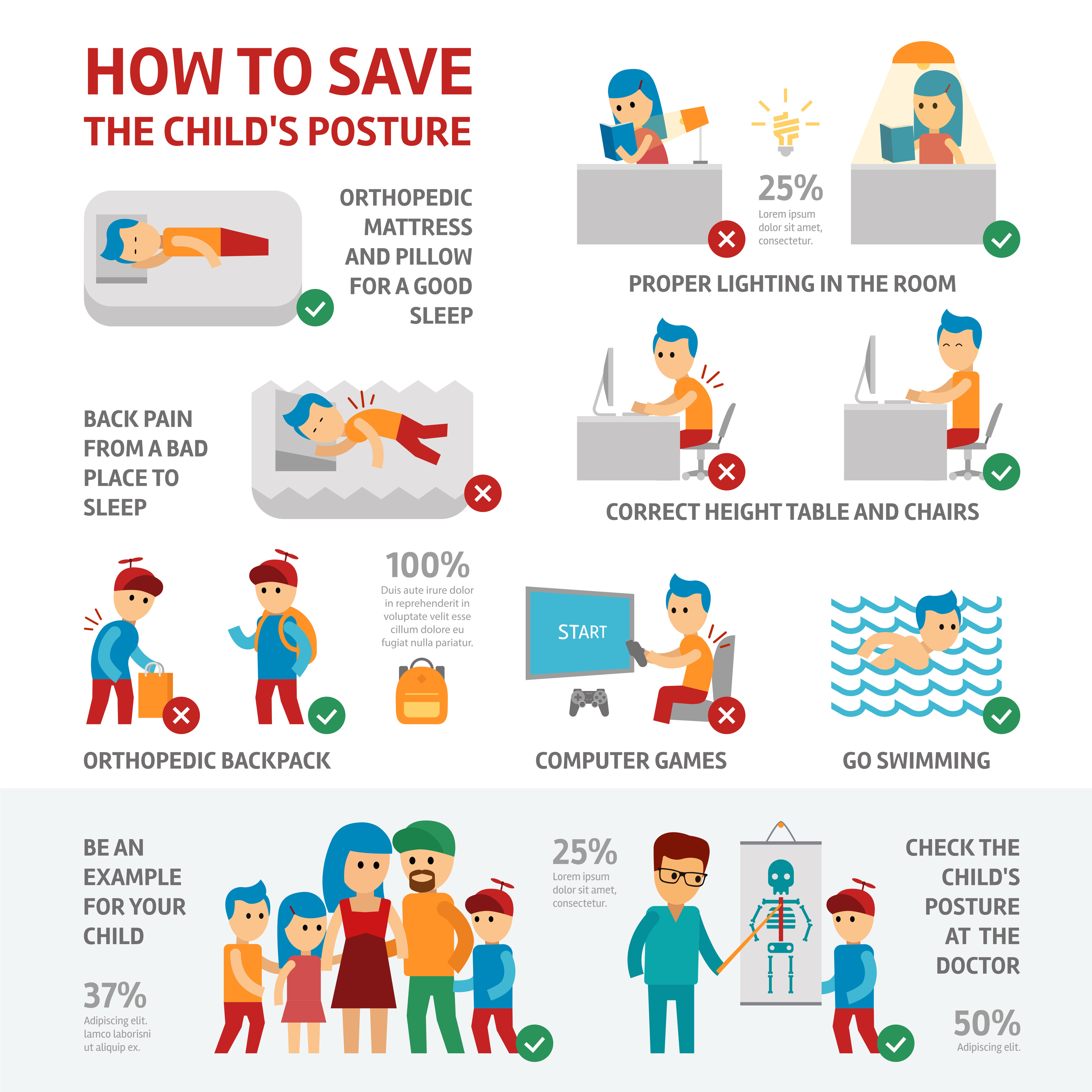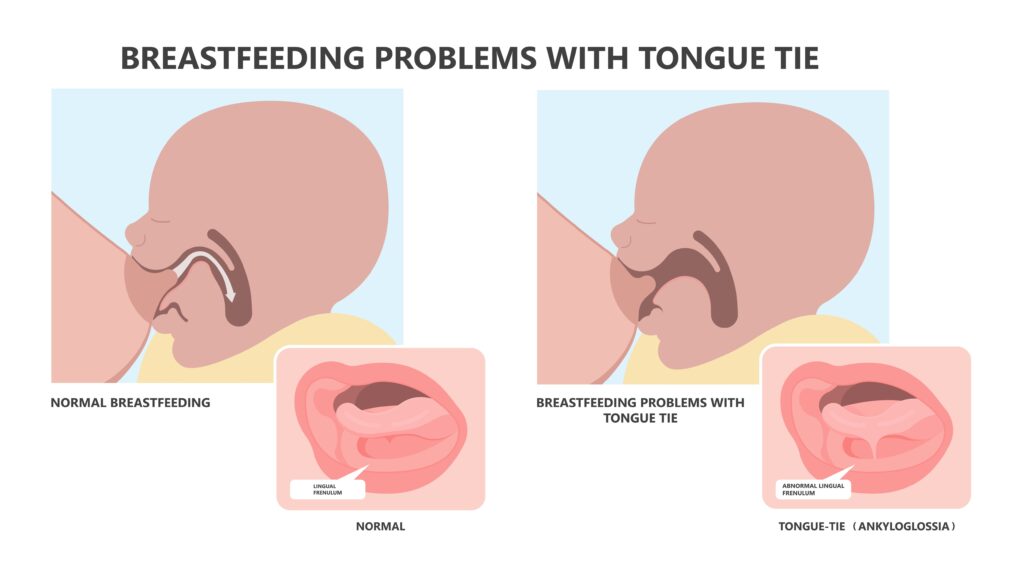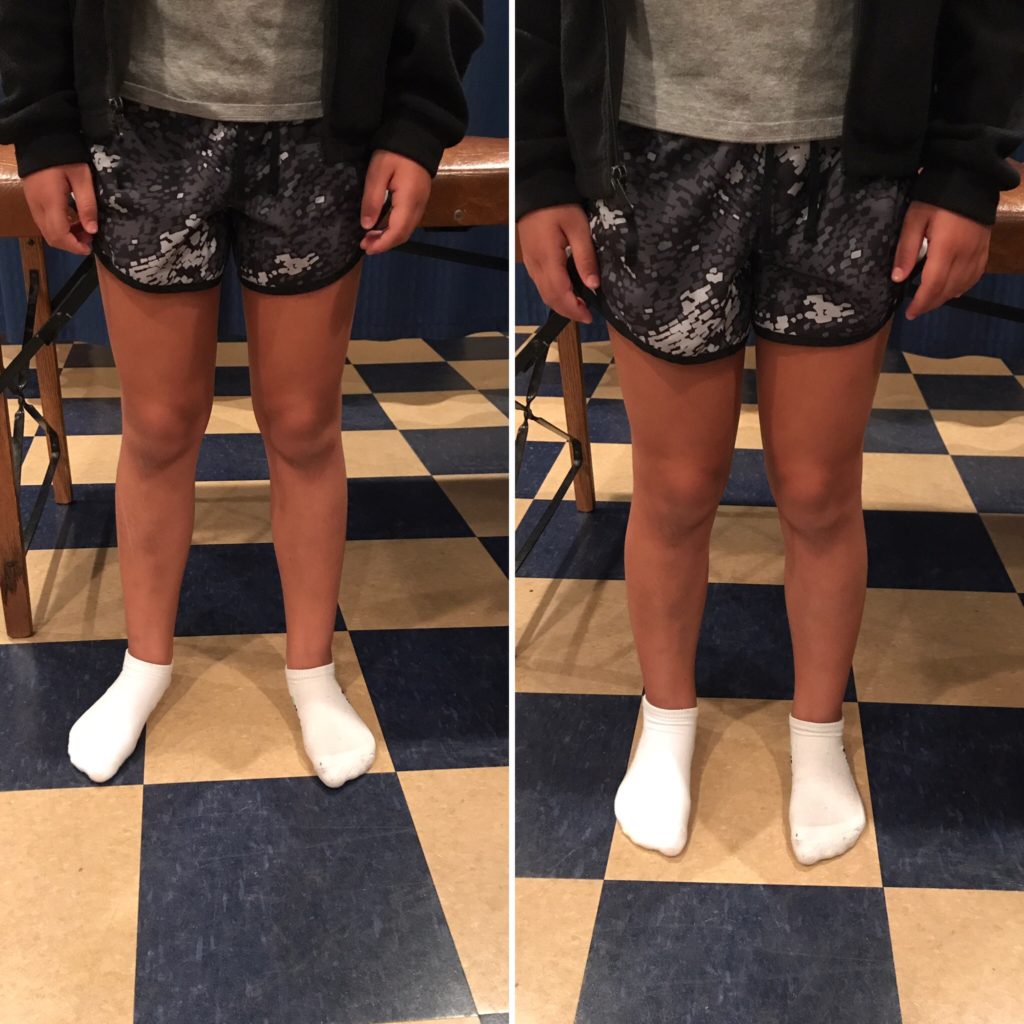As a parent, I want my children to have the best chance at success when it comes to their growth and development. As a therapist, the postural knowledge I have gained, throughout my years of practice, has stirred a unique and unexpected passion towards not only my children’s growth and development but yours as well.
I’d like to share with you some of the insights I’ve gained over the years. I hope these insights help you better understand how you a loving parent/s can help your child’s growth and development. Where should we start then? The beginning is as good a place as any to start. While working at a chiropractic office in my home town, expanding my knowledge and honing my skill on adults, it became clear that posture was more important for overall well-being and health than I understood at the time, nearly 13 years ago.
Understanding Postural Dysfunction
Postural dysfunction is a common issue in infants and children, and can have a variety of causes such as birth trauma, prolonged positioning (such as in car seats or swings), and improper development of movement patterns. Postural dysfunction can lead to issues such as torticollis, in-toeing, and toe walking, as well as other developmental delays.
Myofascial release can help to address these issues by releasing tension in the fascia and improving overall mobility and balance. In addition, it is important for parents and caregivers to be aware of proper positioning and movement patterns to help prevent postural dysfunction from occurring.
What is Myofascial Release?
Myofascial release is a gentle, hands-on therapy that helps to release tension and restrictions in the body’s connective tissue (fascia), as well as, the muscles that it encapsulates. This tissue surrounds and supports muscles, bones, and organs throughout the body, and can become tight or restricted due to injury, surgery, or postural dysfunction. Myofascial release can help to restore mobility and balance to the body, improving overall function and reducing pain and discomfort.
How Can Myofascial Release Help Pediatric Patients?
Myofascial release can be especially helpful for infants and children who are experiencing postural dysfunction or other musculoskeletal issues. Here are some examples of how myofascial release can benefit pediatric patients:
- Tongue Ties: Myofascial release can help to release tension in the tongue and mouth, making it easier for babies to breastfeed and reducing discomfort for both baby and mother.
- Torticollis: Myofascial release can help to release tightness in the neck muscles, improving range of motion and reducing pain and discomfort.
- Delayed Milestones: Myofascial release can help to improve overall mobility and balance, which can aid in achieving developmental milestones such as crawling and walking.
- Speech: Myofascial release can help to release tension in the facial muscles and tongue, improving speech and language development.
- In-Toeing and Toe Walking: Myofascial release can help to improve foot and ankle alignment, reducing these gait abnormalities




Effects of Postural Dysfunction on Children’s Bodies
Postural dysfunction occurs when the body is not able to maintain proper alignment and balance. This can lead to compensations in movement patterns, which can result in a range of issues for children. Here are some of the ways postural dysfunction can affect children’s bodies:
Muscles: When the body is out of alignment, certain muscles may become overused or underused, leading to muscle imbalances and weakness. This can lead to pain, stiffness, and limited mobility.
Joints: Misalignments in the body can place extra stress on joints, leading to wear and tear over time. This can result in joint pain, stiffness, and arthritis.
Nerves: When the body is not properly aligned, nerves can become compressed or irritated, leading to pain, numbness, and tingling sensations.
Organs: Postural dysfunction can also affect the position and function of internal organs. For example, poor posture can lead to decreased lung capacity and digestive issues.
Development: Postural dysfunction can impact a child’s overall development, including their motor skills, speech and language development, and social skills.
It’s important for parents and caregivers to be aware of the signs of postural dysfunction in children, including asymmetrical movements or postures, persistent pain or stiffness, and delays in developmental milestones. Seeking early intervention through therapies such as myofascial release can help to address these issues and promote proper development.
Pricing for Myofascial Release Sessions
I offer myofascial release therapy sessions for pediatric patients at a competitive rate. Pricing is as follows:
Single session: $85
Package of 4 sessions: $250
Why Multiple Sessions are Needed for Adequate Release.
Myofascial release therapy is a hands-on technique that involves applying gentle pressure to the body’s fascia (connective tissue) to release restrictions and promote optimal movement and function. While some children may experience immediate relief from myofascial release, it often takes multiple sessions to achieve adequate release and achieve optimal results.
There are several reasons for this:
Quantity of Tension: Fascial restrictions may have developed due to tension present in the body. It takes time for the body to release this tension and for the fascia to regain its natural flexibility.
Repetitive Strain: Certain movements or postures may be causing repetitive strain on the body, leading to fascial restrictions. It takes time to identify these patterns and work to release them.
Healing Response: Myofascial release therapy can stimulate a healing response in the body, which can take time to fully develop. Multiple sessions are often needed to achieve lasting results.
Complexity of the Body: The body is a complex system, and fascial restrictions can impact multiple areas of the body. Multiple sessions may be needed to address all of the areas of restriction and achieve adequate release.
While it may take multiple sessions to achieve adequate release, the benefits of myofascial release therapy can be significant. By working with a skilled therapist over a period of time, children can experience improved movement, reduced pain and stiffness, and better overall function.
“I believe that early intervention is key to promoting optimal development and function for children.”
If you’re interested in scheduling a session or learning more about my pricing options, please don’t hesitate to contact me or click the link below to schedule an appt.

Recent Comments